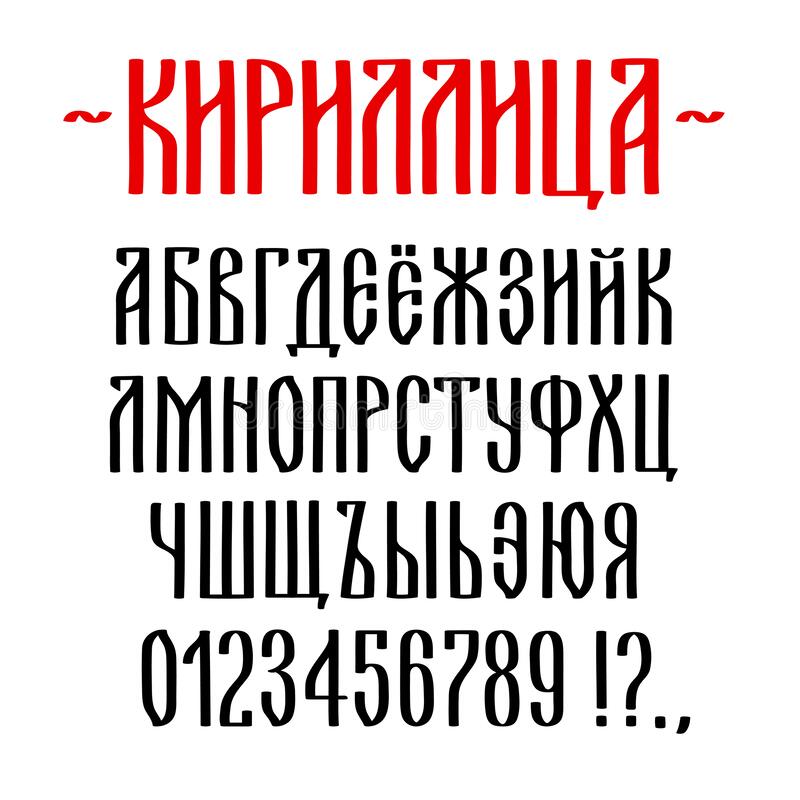Features
Developed Computer Vision models & applied them efficiently
Built with FastAPI, deployed with Docker and GCP
Technologies backed up by Scientific Paper
Food Recognition Problem

Dishes similarity

How many calories are on my plate?
However, this recognition does not answer the main question: “How many calories are on my plate?”. This work is devoted to its deep study and solution. Speaking of deep learning for solving classification and segmentation problems, training the latter requires an input mask of an object with the corresponding class, when the classifier is only a class. By using the Image classification + Salient Object Detection models, comparable accuracy in object mask detection and class recognition is demonstrated. This approach is also applicable for training the segmentation model on a large cluster of noticeable objects and performs similar functions.

API for efficient AI models hosted by GCP
Server for demo hosted by GCP, although github page contains releases/source code for easy deployment on any environment.
- Other pros:
- User-Friendly Swagger API with runnable endpoints generated by FastAPI
- Ready-for-production Release in github page
- GCP friendly Dockerfile and cloudbuild.yaml for deployment




















